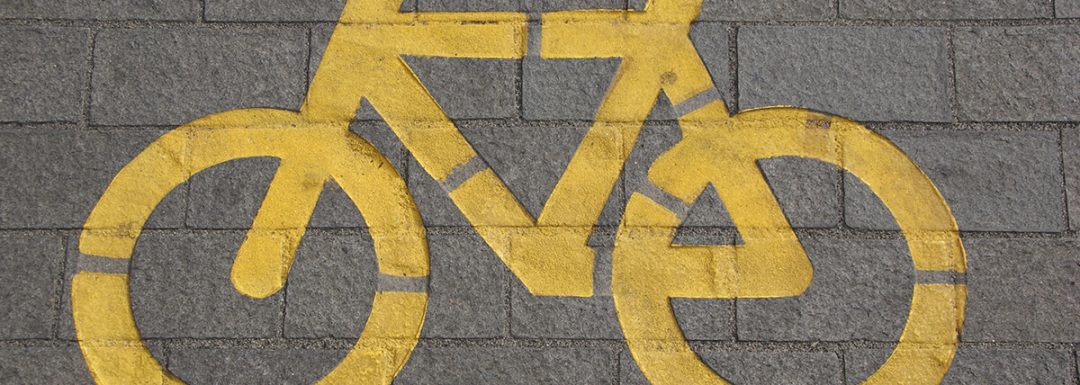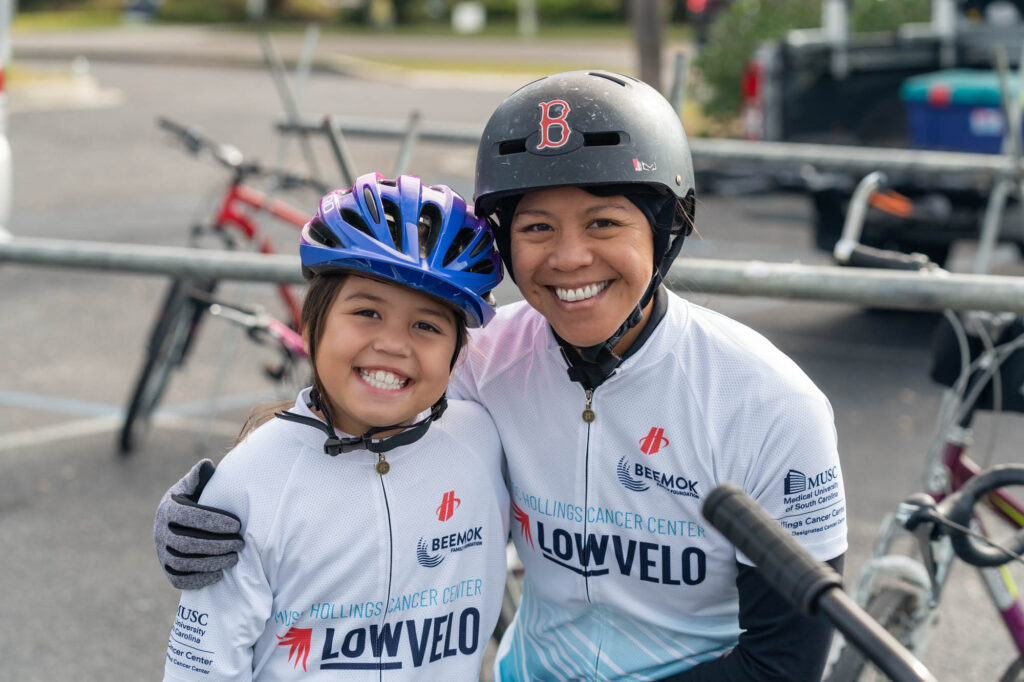Look Out: Your Comprehensive List Of LOWVELO Road Tips For Safe Group Riding And More

As LOWVELO nears, there are several things you can do beforehand to ensure you’re as ready as you can possibly be for ride day. One of the most important things you can do, however, is to get acquainted now with the rules of the road. First and foremost, LOWVELO is a ride, not a race, so go a comfortable pace and enjoy yourself. Second, LOWVELO is conducted on open roads: no roads are closed-off for the ride, so motor vehicle traffic will be present throughout the course. Be aware of your surroundings at all times. While police will be present in certain areas as support, it’s the rider’s responsibility to pay attention to traffic and look out for other riders. Here’s a complete list of safety guidelines you should familiarize yourself with now, followed by tips for safe group riding.
SAFETY GUIDELINES
- Obey all traffic signs and signals
- Ride as far to the right of the road as possible, except to pass.
- Pass on the left side only.
- Communicate with your fellow riders using proper cyclin terms such as “on your left,” “car back,” etc.
- Helmets must be worn at all times while riding.
- Headphones, iPods, and radios are not permitted while riding.
- Endangering the safety of your fellow riders is strictly prohibited.
- Ride defensively in consideration of your fellow riders and ride in control of your bike at all times (i.e. be able to stop within a reasonable distance).
- Use proper hand signals when turning.
- Make left turns from the center of road or left turn lane.
- Cross railroad tracks at right angles to avoid dropping wheels into the space between the rails and road.
- Do not cross the yellow center line regardless of passing zone.
- Obey instructions from the LOWVELO road crew and pay attention to information posted on LOWVELO road signs.
- Each rider is expected to speak out when observing a violation. When spoken to, the response should be in appreciation of the concern expressed.
TIPS FOR SAFE GROUP RIDING
Group riding requires more predictability than riding alone. Other riders expect you to continue straight ahead at a constant speed unless you indicate differently.
Use Signals:
Use hand and verbal signals to communicate with fellow cyclists and with other traffic. Hand signals for turning and stopping are as follows:
- Left turn: Left arm straight out to the side.
- Slow or stopping: Left arm out and down with your palm to the rear
- Right turn: Right arm straight out or left arm out and up.
Give Warnings:
Warn cyclists behind you well in advance of changes in your direction or speed. To notify the group of a change in path, the lead rider should call out “left turn” or “right turn” in addition to giving a hand signal.
Change Positions Correctly:
Generally, slower traffic stays right, so you should pass others on their left. Say “on your left” to warn the cyclist(s) ahead of you that you are passing. If you need to pass someone on the right, say “on your right” clearly since this is an unusual maneuver.
Announce Hazards:
When riding in a group, most cyclists do not have a good view of the road surface ahead, so it is important to announce holes, glass, sand, grates, and other hazards. The leader should indicate hazards by pointing down to the left or right and shouting “hole” or “bump” to alert cyclists behind them.
Watch for Traffic Coming from the Rear:
Because those in front cannot see traffic approaching from the rear, it is the responsibility of the riders in back to inform the others by saying “car back” when rounding curves on narrow roads or when riding double. It is also helpful to warn of traffic approaching from the front with “car up.”
Change Positions Correctly:
Generally, slower traffic stays right, so you should pass others on their left. Say “on your left” to warn the cyclist(s) ahead of you that you are passing. If you need to pass someone on the right, say “on your right” clearly since this is an unusual maneuver.
Watch Out at Intersections:
When approaching intersections that require vehicles to yield or stop, the lead Rider will say “slowing” or “stopping” to alert those behind to the change in speed. When passing through an intersection, some cyclists say “clear” if there is no cross traffic. Note that each cyclist is responsible for verifying that the way is indeed clear.
Leave a Gap for Cars:
When riding up hills or on narrow roads where you are impeding faster traffic, leave a gap for cars between every three or four bikes. That way a motorist can take advantage of shorter passing intervals and eventually move around the entire group.
Move Off the Road When You Stop:
Whether you are stopping because of mechanical problems or to regroup with your companions, move off the road so you don’t interfere with traffic. When you start up again, each cyclist should look for and yield to traffic.
Ride One or Two Across:
Ride single file or two abreast as appropriate to the roadway, traffic conditions, and where allowed by law. Most state vehicle codes permit narrow vehicles such as bikes and motorcycles to ride two abreast within the lane. Even where riding double is legal, courtesy dictates that you single up when cars are trying to pass you.
Deviating from Route:
Rider safety is our No. 1 priority. Please make sure to start only at the official starting area and avoid deviating from the route. LOWVELO staff tracks all riders on the course at all times. If riders deviate from the course, we are unable to properly monitor their location.


